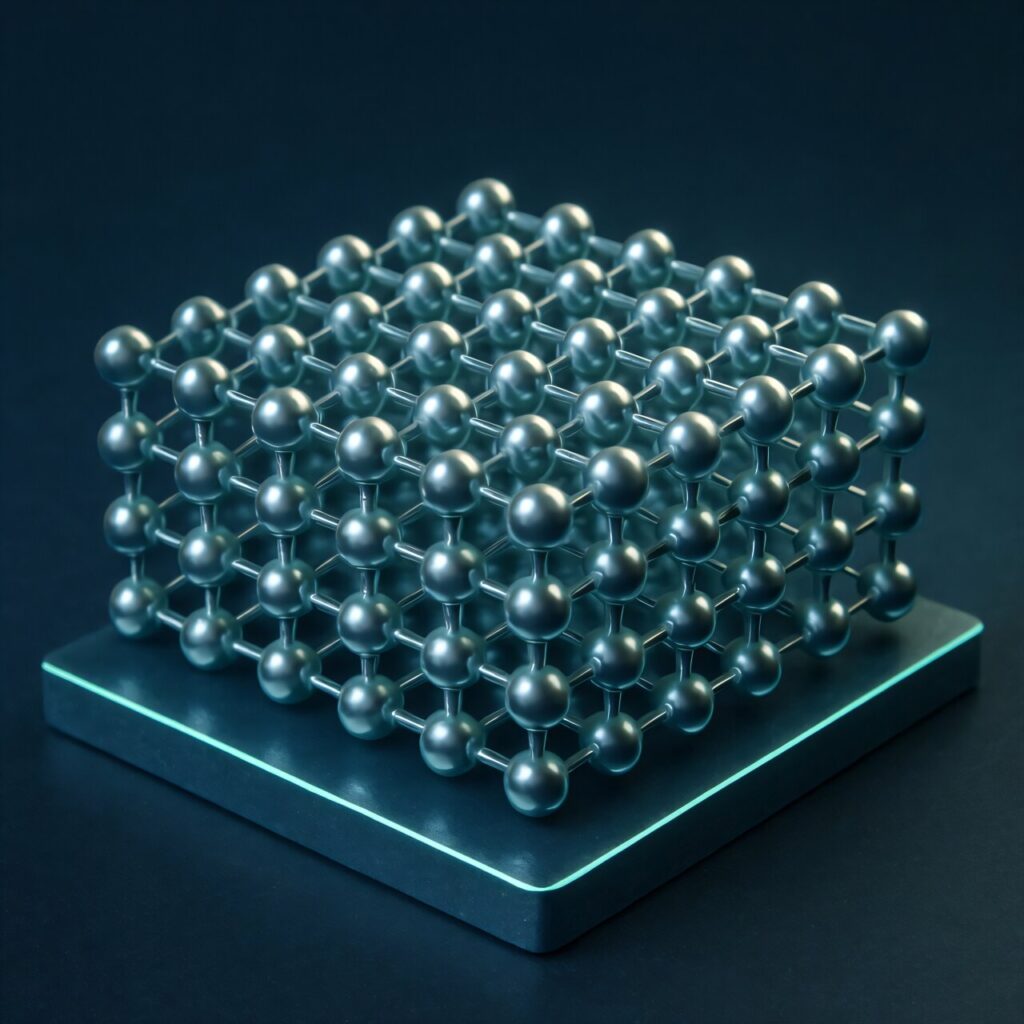Consumer electronic devices are made from materials that we have been using for more than 60 years, mainly silicon, germanium and copper. Why have semiconductor electronics become increasingly fast over this time?
I would argue that this is due to miniaturization, or the ability to stack an increasingly large number of transistors in a dense integrated circuit (microchip). Some may argue that we are starting to reach limits in that miniaturization, as thin films approach a thickness of just about 10 nanometers, or even lower.
These nearly two-dimensional (2D) materials could be used to build the next-generation electronics. However, as electronic materials like silicon are miniaturized, they become less energy efficient.
If you make the silicon film less than about 20 to 30 nanometers across, electrons will begin to bump into the edges of the film, leading to increased resistivity and more energy dissipation. This phenomenon has been known for decades and is described by a theory developed long ago by Klaus Fuchs (also famous as the “atomic spy” who supplied classified information about the Manhattan Project to the Soviet Union) and E. Helmut Sondheimer.
In a paper published in Physical Review Materials, I show that things get even worse than predicted by the Fuchs-Sondheimer theory as the thickness decreases below 10 nanometers, because a new effect sets in. This new effect is due to the quantum confinement of electrons.
By quantum confinement, I refer to the phenomenon where the energy of a quantum particle—like an electron—increases significantly when its motion is restricted in space. This effect arises from the Heisenberg uncertainty principle: The more precisely a particle’s position is confined, the greater the uncertainty in its momentum, leading to larger energy fluctuations.
Recently, I have started to systematically study the implications of quantum confinement on the energy of quantum particles (electrons, phonons) for the properties of real-life materials by means of a generic mathematical model.
The latter takes into account that electrons are simultaneously particles and waves, according to quantum mechanics, which means that, under the miniaturized confinement of a thin sheet, only wavelengths compatible with the confined space of the material are allowed.
This generic theory has motivated me and my collaborators to provide parameter-free predictions of electronic properties of materials in agreement with experimental data on ultra-thin and nearly 2D materials, something which was not previously possible.
In silicon ultra-thin sheets, as the electrons are squeezed into a thinner space, their energy increases due to quantum confinement. In turn, as the electrons become more energetic, the band gap, which separates the valence electrons (tightly bonded to the atoms) from the freely moving electrons, also becomes bigger. The increase in the band gap thus leads to a decrease in the concentration of available free electrons for conducting electricity, which then leads to an increase in resistivity.
A new mathematical theory that I present in this paper shows that this increase in resistivity upon decreasing the film thickness is quite dramatic (it is an exponential increase with decreasing the film thickness) and is able to explain recent experimental data, clearly showing the predicted exponential increase as the thickness decreases below 10 nm.
In good news, my theory also explains that this dramatic increase in resistivity could be mitigated by carefully tuning the free electron concentration in the silicon nano-films, e.g., via doping. This finding can have significant implications for next-generation electronics by offering new ways to fabricate nano-chips close to the atomic level.
This story is part of Science X Dialog, where researchers can report findings from their published research articles. Visit this page for information about Science X Dialog and how to participate.


